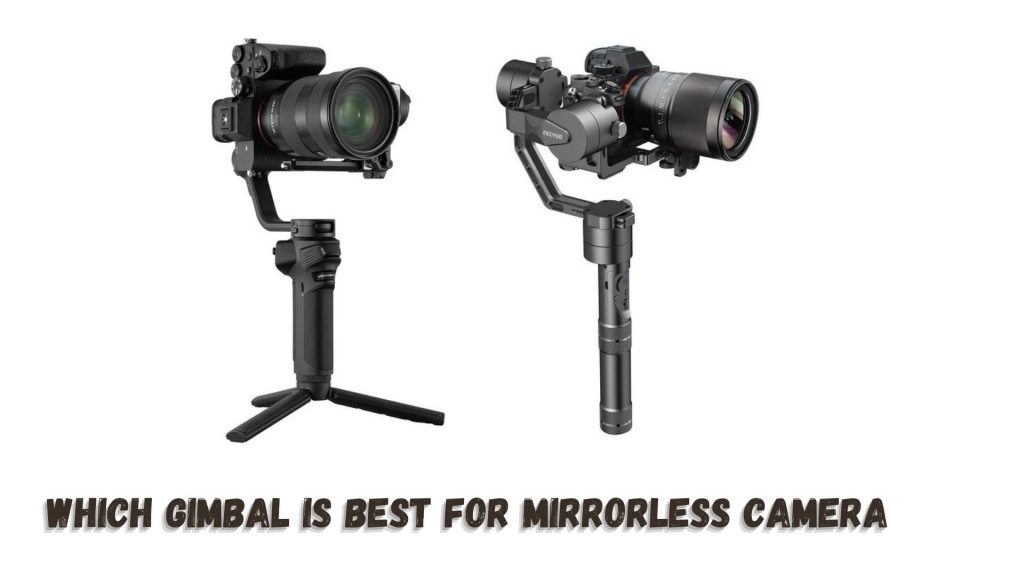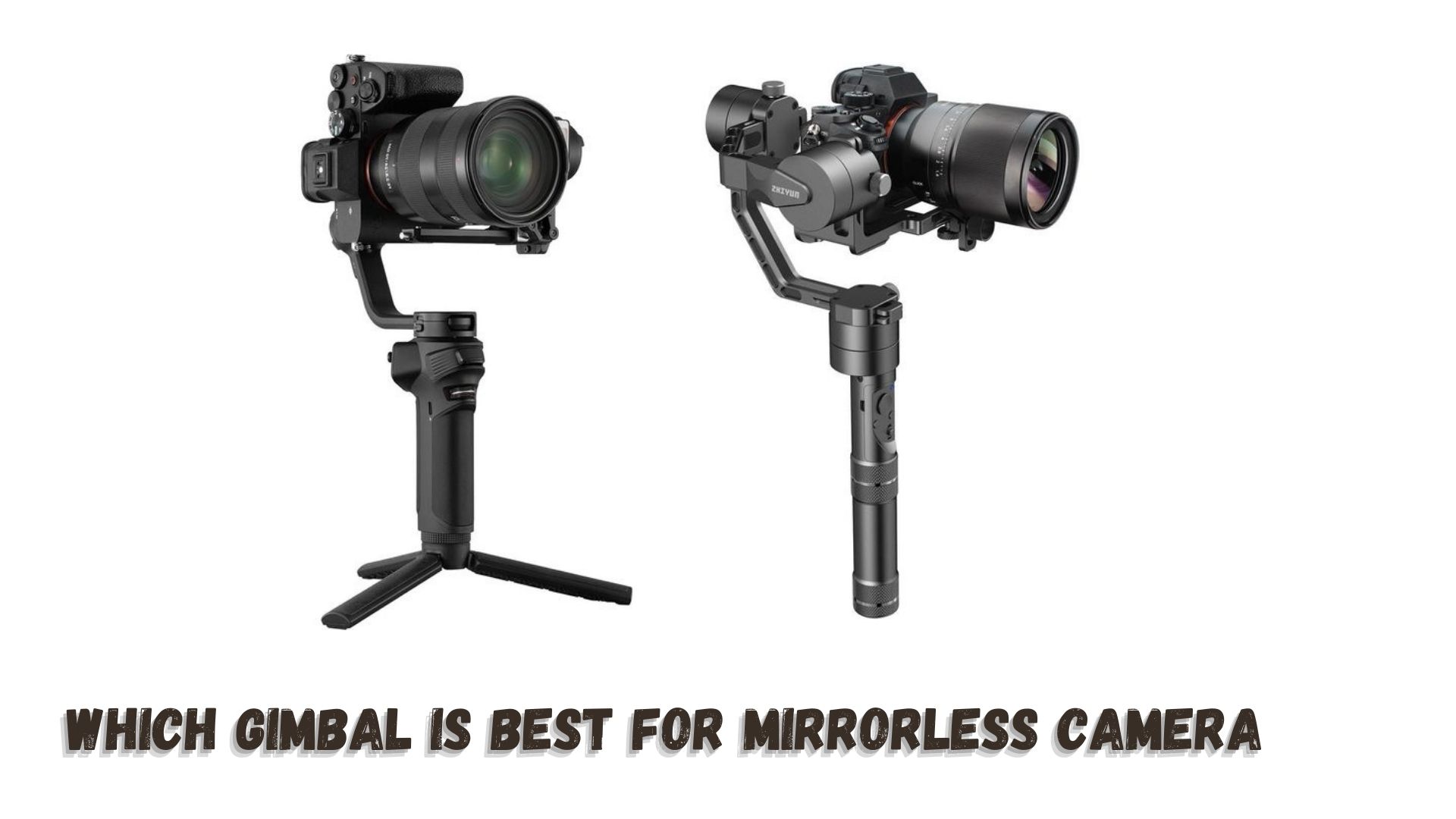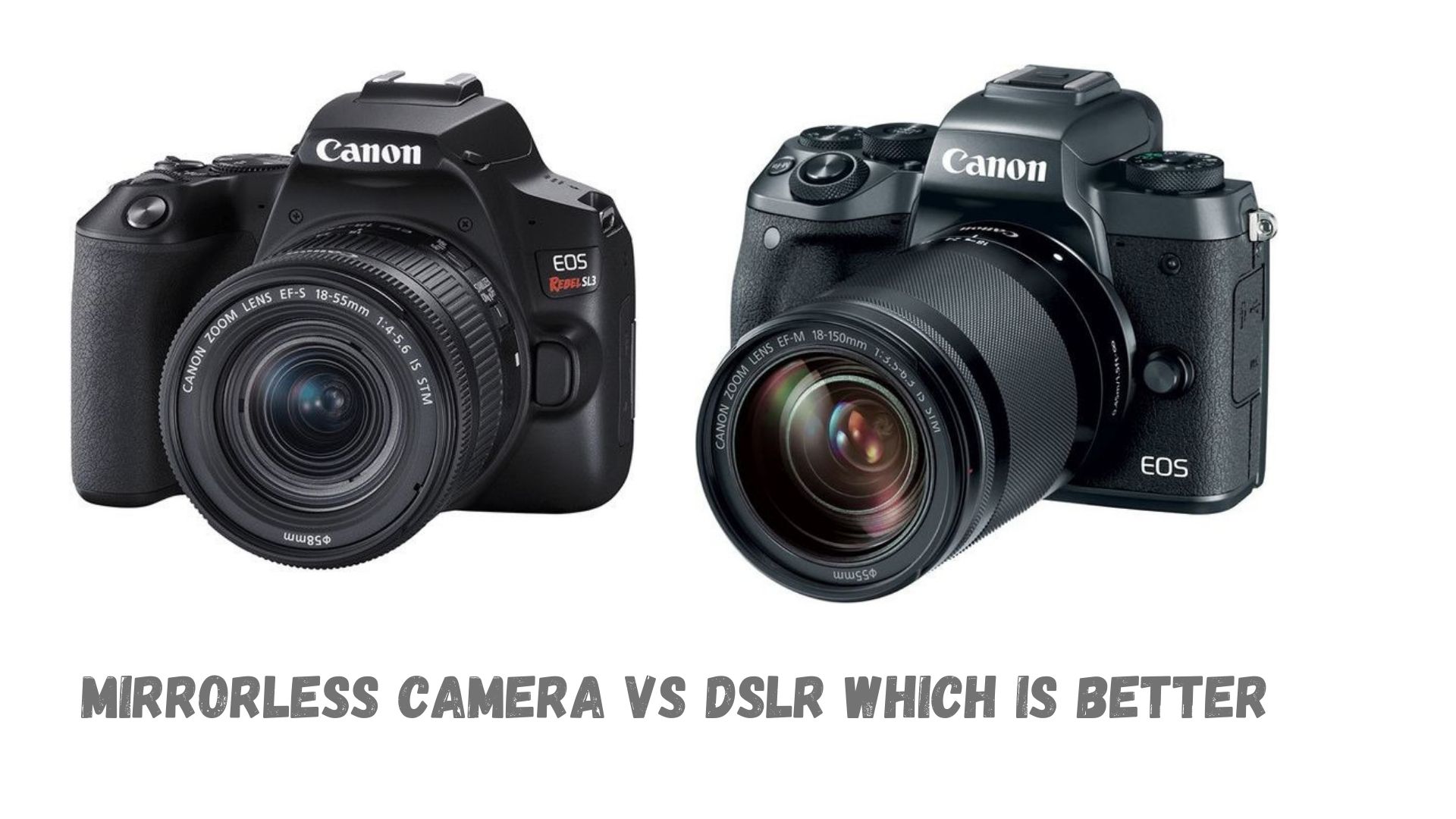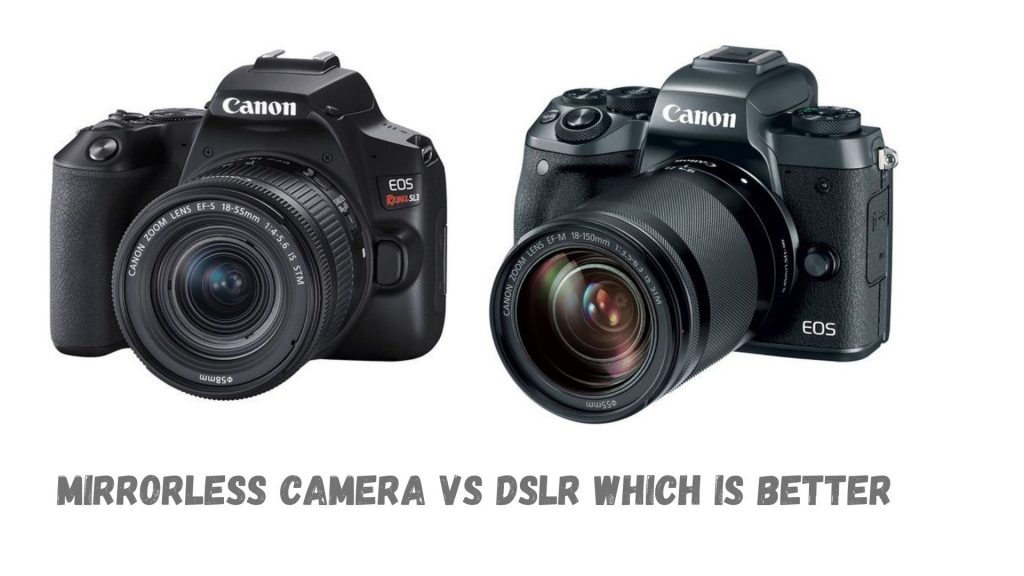If you’re a videographer or content creator, you know how important smooth, professional footage is. The difference between shaky, unsteady shots and stable, cinematic movement can elevate your videos to the next level. That’s where a gimbal comes in.

A gimbal stabilization tool helps eliminate camera shake and allows you to capture smooth, fluid video. Whether walking, running, or panning around a scene, a gimbal ensures your footage stays steady. But with so many gimbals available in the market, which one is the best for a mirrorless camera?
In this article, we’ll discuss Which Gimbal is Best for Mirrorless Camera, their features, and why they stand out.
Which Gimbal is Best for Mirrorless Camera
DJI RS 3 – Best Overall Gimbal for Mirrorless Cameras
Key Features:
- Payload Capacity: 3kg (6.6 lbs.)
- Battery Life: Up to 12 hours
- Weight: 1.3 kg (2.8 lbs.)
- Touchscreen: 1.8-inch OLED
The DJI RS 3 is widely regarded as the best overall gimbal for mirrorless cameras. It’s perfect for both beginners and professionals due to its user-friendly design, powerful stabilization, and versatile features.
- Stabilization: The DJI RS 3 features top-tier stabilization technology that ensures smooth video, even during fast movements. It’s equipped with an advanced motor system that handles most mirrorless cameras with ease.
- Easy Setup: One of the standout features of the RS 3 is its auto-lock feature. When you turn it off, the gimbal automatically locks in place, preventing unwanted movement during transport or setup. This is a significant time-saver for videographers working in dynamic environments.
- Lightweight and Portable: At just 1.3 kg, the RS 3 is one of the lightest gimbals in its class. Its compact design makes it easy to carry, even during long shooting sessions.
- Battery Life: With a 12-hour battery life, the RS 3 ensures you won’t run out of power during a shoot. It also supports fast charging, which is a bonus for those on the go.
- Compatibility: It works seamlessly with most mirrorless cameras like Sony’s Alpha series, Canon’s EOS R, and Fujifilm X-T series.
Zhiyun Weebill 3 – Best for Compact Design
Key Features:
- Payload Capacity: 3.3kg (7.3 lbs)
- Battery Life: 21 hours
- Weight: 1.13 kg (2.5 lbs)
- Integrated Handle: Built-in sling mode handle
The Zhiyun Weebill 3 is a perfect choice for those who want a compact yet powerful gimbal. Its small size makes it highly portable, but it doesn’t compromise on performance.
- Ergonomics: The Weebill 3 has an integrated handle that makes it comfortable to use, especially during long shooting sessions. It also supports a sling mode for low-angle shots, which is great for creative videographers.
- Stabilization: Like the DJI RS 3, the Weebill 3 offers smooth and reliable stabilization. Its 3-axis system ensures that even quick movements or walking shots are stable and jitter-free.
- Battery Life: One of the best features of this gimbal is its impressive 21-hour battery life. This is far above average for most gimbals and ensures that you can shoot throughout the day without needing a recharge.
- Easy Controls: The Weebill 3 has an intuitive control system, allowing you to change settings or modes with a quick press of a button. The OLED screen makes it easy to see your current settings.
- Affordable: While it’s packed with features, the Weebill 3 is more budget-friendly compared to other high-end gimbals, making it a good option for those who want professional results without spending too much.
DJI RSC 2 – Best for Versatility and Foldable Design
Key Features:
- Payload Capacity: 3kg (6.6 lbs)
- Battery Life: 14 hours
- Weight: 1.2 kg (2.6 lbs)
- Foldable Design
The DJI RSC 2 is another excellent option, especially if you’re looking for a versatile, portable gimbal that doesn’t sacrifice performance.
- Compact and Foldable: One of the unique selling points of the RSC 2 is its foldable design, which makes it easy to carry around. This is perfect for travel videographers who need a portable but powerful gimbal.
- Versatile Shooting Modes: The RSC 2 offers several creative shooting modes, including portrait, time-lapse, and panorama. This makes it highly versatile for different kinds of video projects.
- Powerful Stabilization: Equipped with the Titan stabilization algorithm, the RSC 2 ensures smooth and professional footage, even in challenging shooting environments.
- Battery Life: The gimbal can last up to 14 hours, which is plenty for a full day of shooting. It also features a quick charging option, so you can get back to filming faster.
- Price-Performance: For the features it offers, the RSC 2 provides excellent value, especially for videographers who need a reliable gimbal without breaking the bank.
Moza AirCross 3 – Best for Customization and Heavy Payload
Key Features:
- Payload Capacity: 3.2kg (7 lbs)
- Battery Life: 19 hours
- Weight: 1.4 kg (3 lbs)
- Customizable Modes
The Moza AirCross 3 is an excellent choice for videographers who want a customizable gimbal with robust stabilization and can handle heavier mirrorless setups.
- Stabilization: Moza’s smart stabilization algorithm ensures smooth footage in a variety of conditions. It also allows you to fine-tune the settings, which is great for professional videographers who want full control over their gear.
- High Payload Capacity: The AirCross 3 can handle mirrorless cameras with larger lenses or additional accessories like external monitors or microphones.
- Battery Life: With up to 19 hours of battery life, this gimbal will last through multiple shooting sessions. It also supports USB charging, so you can power it up on the go.
- Foldable Design: The AirCross 3 also features a foldable design, making it easy to transport and store when not in use.
- Customization: One of the standout features of this gimbal is its level of customization. You can adjust parameters for different shooting styles and camera setups, making it ideal for more advanced users.
FeiyuTech AK2000C – Best Budget Gimbal for Mirrorless Cameras
Key Features:
- Payload Capacity: 2.2kg (4.85 lbs)
- Battery Life: 7 hours
- Weight: 1.07 kg (2.35 lbs)
- Affordable Price
For those on a budget, the FeiyuTech AK2000C offers solid stabilization and a decent set of features without the high price tag of other gimbals.
- Stabilization: The AK2000C provides reliable stabilization for most mirrorless cameras, ensuring smooth and professional video.
- Lightweight and Compact: At just over 1kg, this gimbal is lightweight and easy to carry, making it suitable for travel and casual shooting.
- Affordable: Despite being budget-friendly, the AK2000C comes with essential features like an OLED screen, customizable modes, and multiple follow modes for different shooting scenarios.
- Battery Life: Although its battery life is shorter at 7 hours, it’s still enough for most day-to-day shooting. The quick charge feature also helps keep it powered during extended shoots.
- Perfect for Beginners: This gimbal is a great option for beginner videographers who want to experiment with stabilization without investing in a high-end product.
What to Look for in a Gimbal for Mirrorless Cameras
When choosing the best gimbal for your mirrorless camera, consider these factors:
Payload Capacity
Make sure the gimbal can handle the weight of your camera and any additional accessories like microphones, external monitors, or larger lenses.
Battery Life
Consider how long you’ll be shooting. Longer battery life means less downtime and fewer interruptions during your shoot.
Portability
If you’re shooting on the go or traveling frequently, a lightweight and compact gimbal can make your experience much easier.
Stabilization Technology
Advanced stabilization algorithms make a significant difference in capturing smooth footage. Look for gimbals with 3-axis stabilization for maximum performance.
Price
While high-end gimbals offer incredible features, there are budget options that still deliver great performance without the hefty price tag.
Conclusion
When choosing the best gimbal for your mirrorless camera, it’s essential to consider factors like stabilization, weight, battery life, and your specific shooting needs.
For overall performance, the DJI RS 3 stands out as the best choice for most users, offering excellent stabilization and ease of use. If you prefer a more compact and lightweight design, the Zhiyun Weebill 3 or DJI RSC 2 are also strong contenders. Finally, if you’re on a budget, the FeiyuTech AK2000C provides great value without sacrificing too much in terms of features.
With any of these options, you can expect professional, smooth video, making your next shoot a breeze and hope we answered the question of Which Gimbal is Best for Mirrorless Camera.
CHECK THESE OUT:


